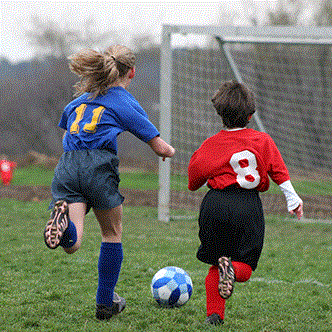
Long QT syndrome is a heart rhythm disorder characterized by fast, abnormal heartbeats, which increases risk for fainting, seizures and even sudden cardiac arrest. People with long QT syndrome usually inherit the condition from relatives and are diagnosed with the condition at birth.
Although treatment can help control heart rhythm in patients with this condition, current guidelines discourage patients with long QT syndrome from participating in most competitive sports. Vigorous exercise can trigger an abnormal heart rhythm, and children with the syndrome are at especially high risk of such events.
To assess the risks associated with sports, researchers followed 212 patients treated for long QT syndrome at the Children’s Hospital of Philadelphia between 1998 and 2013. Subjects enrolled in the study between the ages of 4 and 21 and were followed for an average of seven years.
During the follow-up period, roughly half of patients participated in sports. Most subjects participated in recreational activities like gym, while one-quarter of subjects participated in organized, competitive sports like soccer and track.
The good news is that among the patients that participated in any kind of sport, none reported having symptoms of long QT syndrome, such as fainting or seizures, during exercise. There were also no serious heart events or deaths among any subjects that participated in recreational or competitive sports.
Based on these findings, which were recently published in JACC Clinical Electrophysiology, authors highlight the importance of large databases that track the health of patients living with long QT syndrome. Although this study was small, findings suggest that physical activity may be safer than we thought for patients with long QT syndrome. This heart condition is relatively rare, and we have much to learn about what causes it and how best to treat it. Since limiting physical activity can negatively impact a child’s quality of life, further research is needed to better understand the risks and benefits.